Most Common Allergies Affecting Cats And How To Spot Them
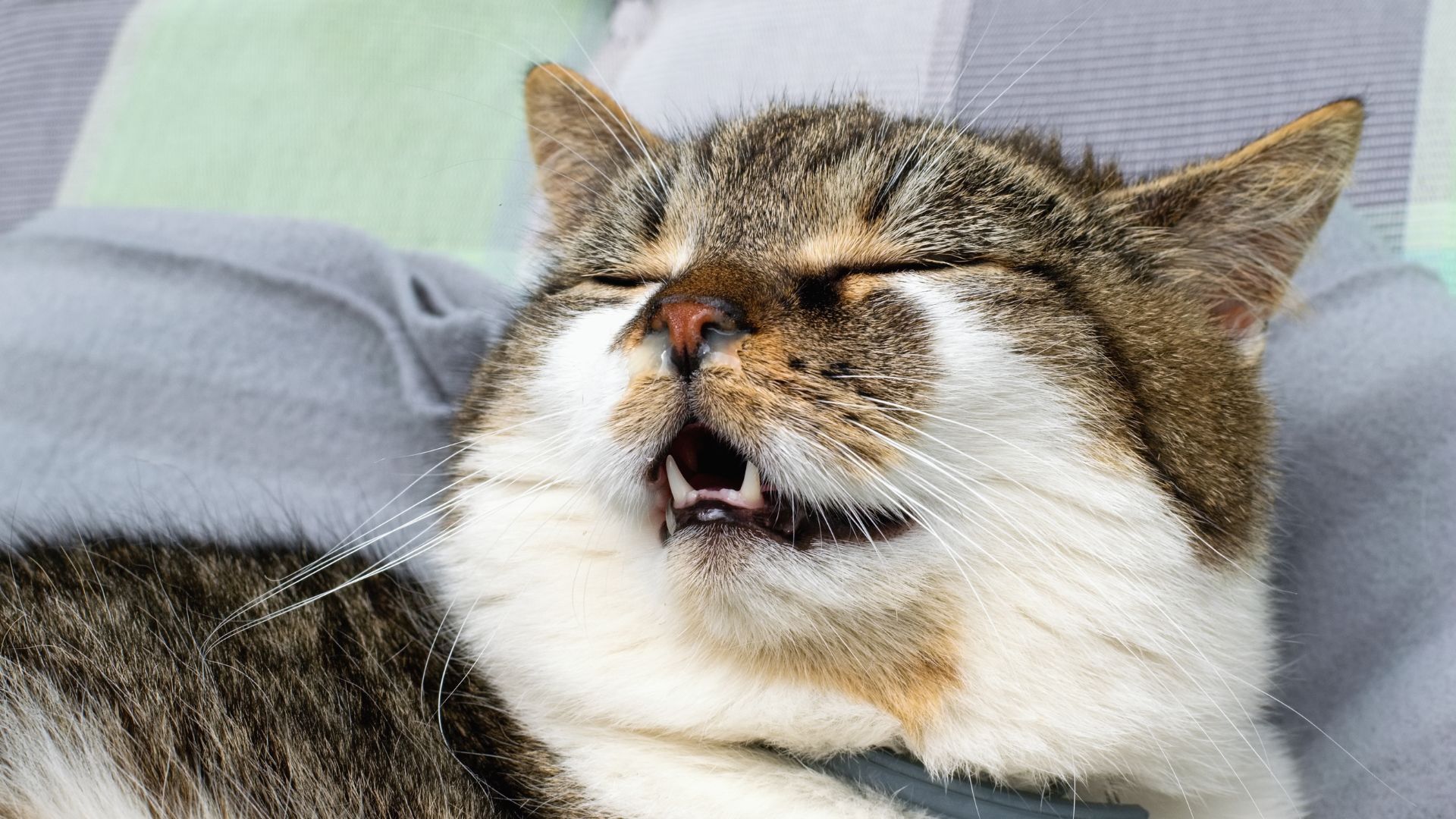
Cats, like humans, can suffer from a variety of allergies that affect their overall health and wellbeing. These allergies can manifest in various symptoms, from skin irritations to respiratory issues, and can be triggered by a multitude of allergens present in their environment.
Understanding these common allergies and learning how to identify them can help cat owners provide better care and improve the quality of life for their feline friends.
1. Food Allergies
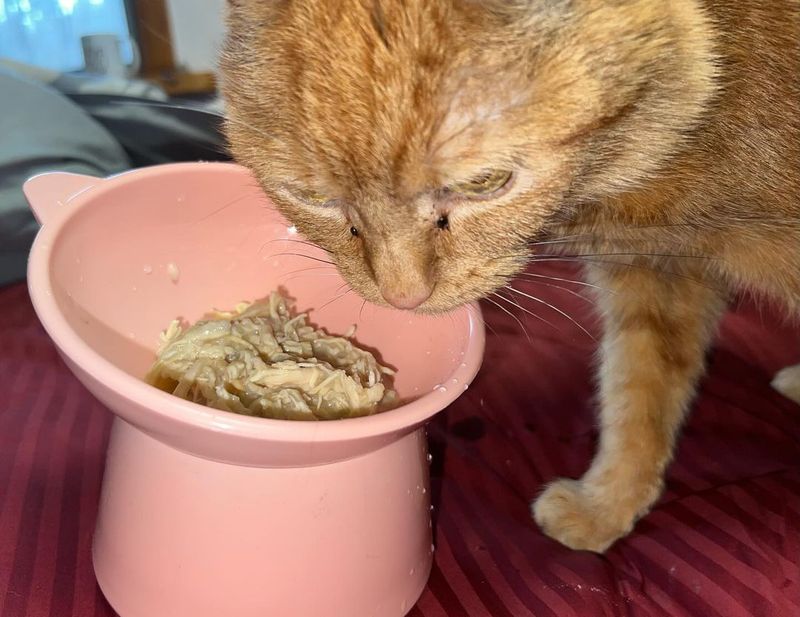
Food allergies in cats can often be perplexing for pet owners. These allergies are typically caused by proteins found in common cat foods, such as beef, chicken, or fish. Symptoms may include persistent itching, digestive issues like vomiting or diarrhea, and even chronic ear infections.
Identifying a food allergy requires keen observation and sometimes a vet-supervised elimination diet to pinpoint the offending ingredient. Once identified, switching to a hypoallergenic or specially formulated diet can alleviate symptoms significantly.
Owners should monitor their cats closely during dietary changes to ensure there’s an improvement in symptoms. Keeping a food diary can also be useful in tracking reactions to new foods. Early detection and management are crucial in preventing more severe health issues that could arise from untreated food allergies.
2. Pollen Allergies

Pollen allergies are not just a human affliction; cats can suffer too, especially during spring and summer. These allergies can cause sneezing, coughing, and itchy skin in cats exposed to pollen from trees, grasses, or weeds.
Cats with pollen allergies may also exhibit watery eyes and frequent scratching, particularly after being outdoors. To manage these symptoms, keeping cats indoors during high pollen times and regularly cleaning their living spaces can be beneficial.
Veterinarians might prescribe antihistamines or other medications to alleviate symptoms. Regular grooming to remove pollen from their fur can also help. Understanding the seasonal patterns of pollen can enable owners to anticipate and mitigate allergy flare-ups.
3. Dust Mite Allergies
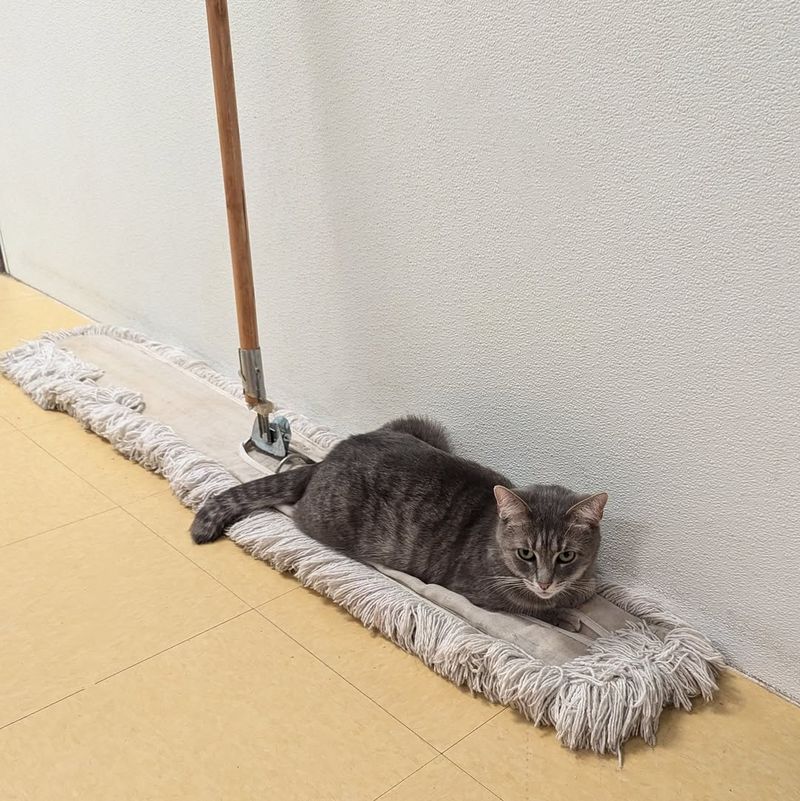
Dust mite allergies can be a silent yet significant issue for some cats. These microscopic creatures thrive in household dust, particularly in bedding, carpets, and upholstered furniture. Affected cats may experience itchy skin, respiratory issues, or even chronic coughing.
To reduce dust mite exposure, regular vacuuming and cleaning of the home environment is essential. Washing the cat’s bedding in hot water and using air purifiers can also make a difference.
Consulting a veterinarian for a proper diagnosis and treatment plan can provide relief. Some cats may benefit from allergy shots or medications to manage their symptoms. Awareness and proactive management are key to keeping your feline comfortable.
4. Mold Allergies
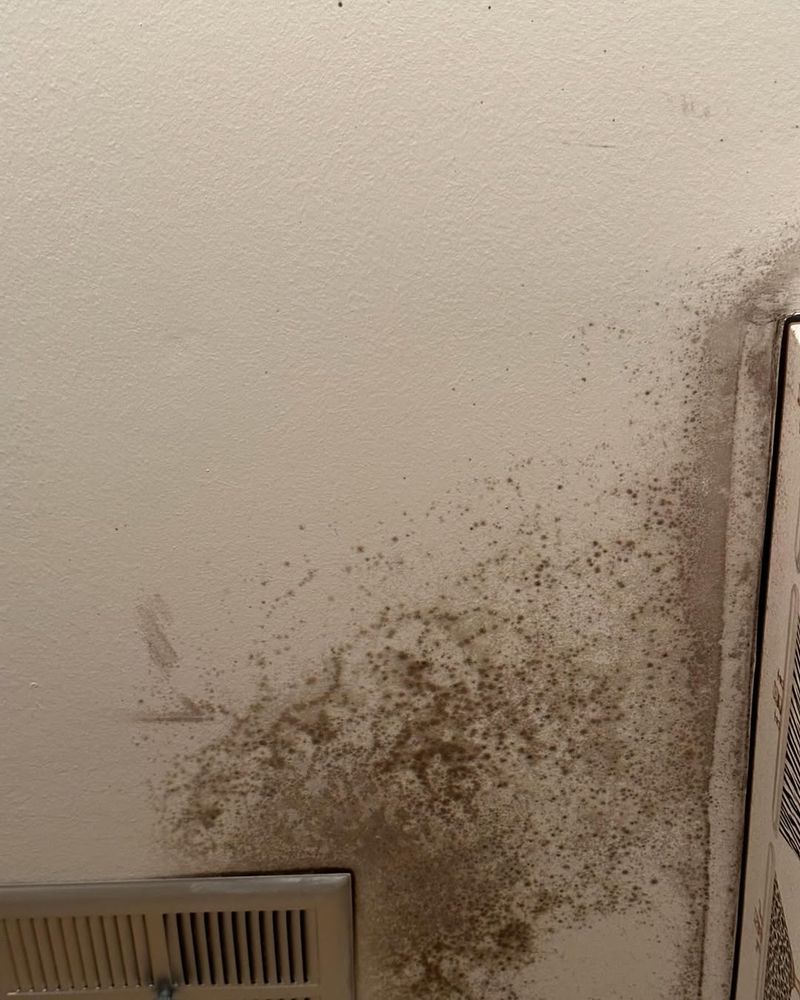
Mold allergies in cats can stem from exposure to damp and moldy environments. Common symptoms include sneezing, coughing, and itchy skin, much like other respiratory allergies. Mold thrives in places with poor ventilation, such as basements and bathrooms.
To manage mold allergies, it’s crucial to address moisture issues in the home by fixing leaks and ensuring proper ventilation. Regular cleaning and using dehumidifiers can reduce mold growth significantly.
A veterinarian might recommend medications or allergy shots for severe cases. Keeping cats away from mold-prone areas can prevent flare-ups and improve their quality of life. A clean and dry environment is essential to safeguard against mold-related allergies.
5. Perfume And Cleaning Product Allergies
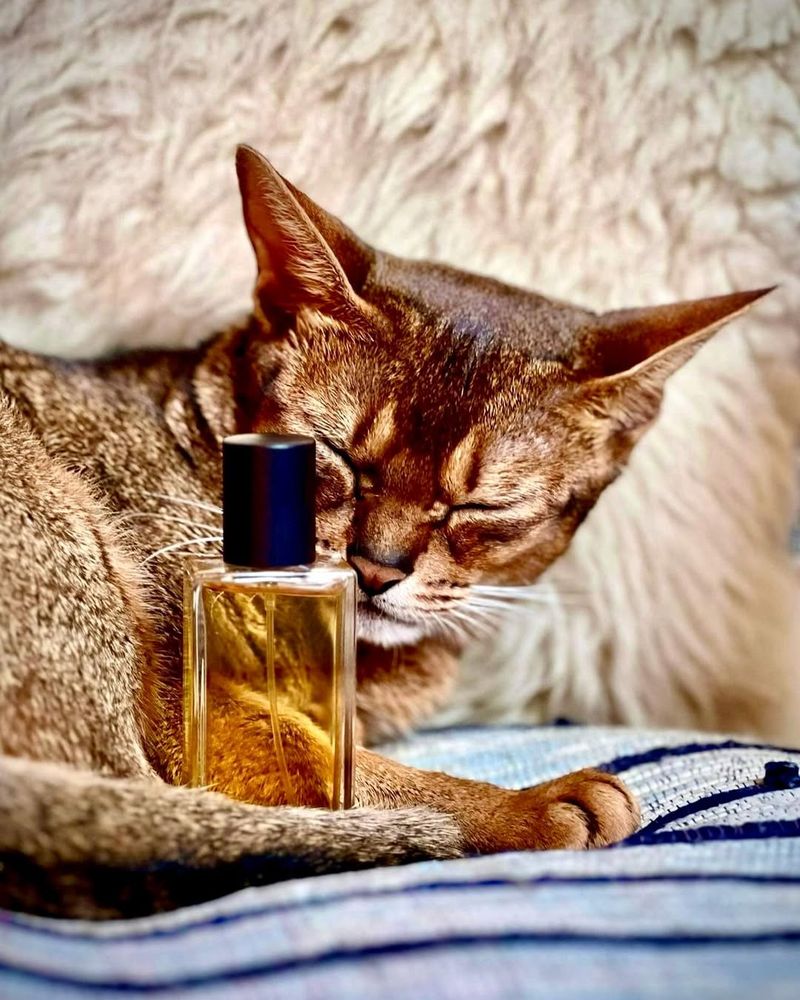
Cats can be sensitive to strong scents, leading to allergies from perfumes and cleaning products. Symptoms often include sneezing, watery eyes, and skin irritations. These reactions occur when a cat inhales or comes into contact with fragrant chemicals.
To prevent these allergies, it’s best to opt for unscented or pet-friendly products. When cleaning, ensure that the cat is kept away from freshly cleaned areas until surfaces have dried.
If symptoms persist, consulting a vet for alternative solutions or treatments can be helpful. Minimalizing the use of strong scents in the home environment creates a more comfortable space for scent-sensitive cats.
6. Allergy To Tobacco Smoke
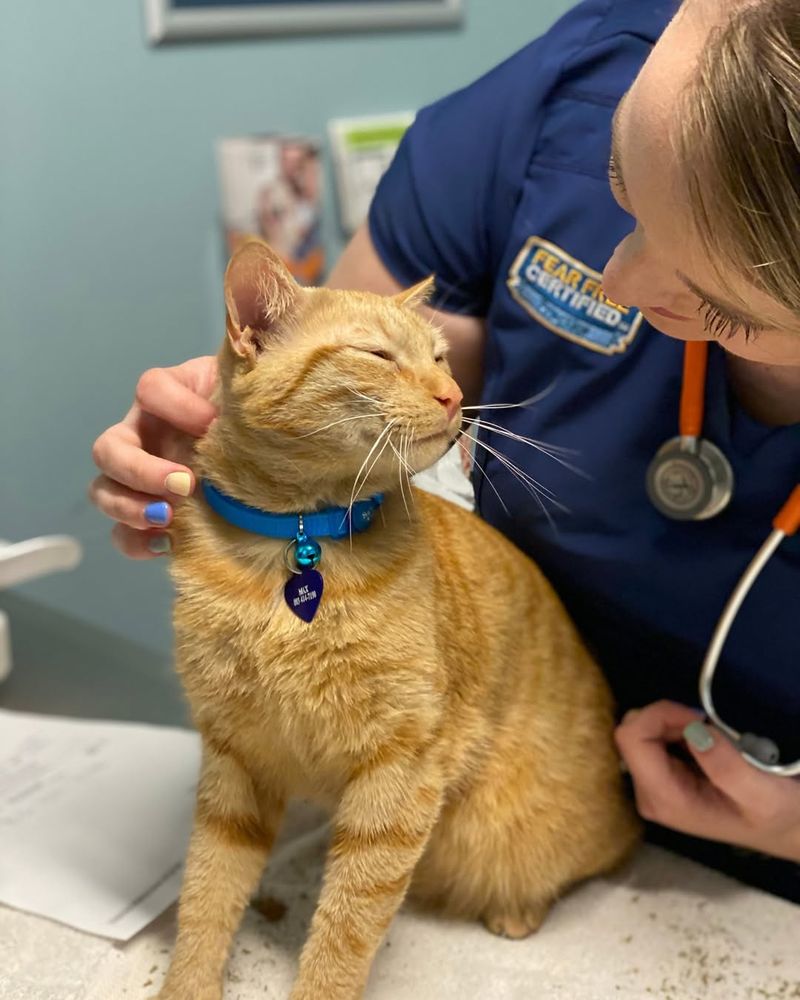
Tobacco smoke can be a significant irritant for cats, causing allergy-like symptoms such as sneezing, coughing, and respiratory distress. Cats living with smokers may experience more frequent respiratory issues due to the inhalation of secondhand smoke.
To protect cats from these symptoms, it’s advisable to maintain a smoke-free home environment. Smoking outdoors and ensuring good ventilation can reduce exposure.
For cats already affected, seeking veterinary advice is crucial. Treatments may include medications to alleviate respiratory symptoms. A commitment to reducing tobacco smoke exposure will greatly enhance a cat’s health and comfort.
7. Fabric And Textile Allergies
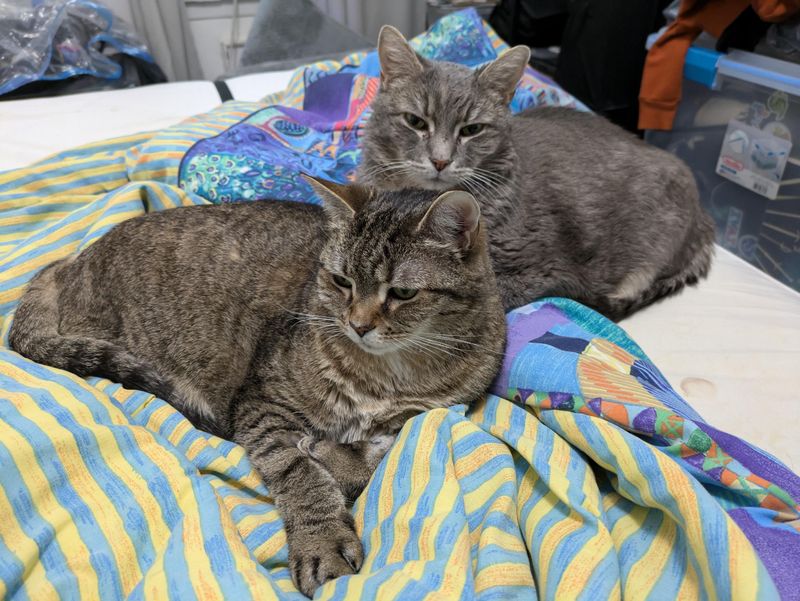
Fabric and textile allergies can occur in cats sensitive to certain materials used in their bedding or furniture covers. Common symptoms include itchy skin, redness, and even hair loss in severe cases.
To address these allergies, it’s important to identify and avoid materials that trigger reactions. Switching to hypoallergenic fabrics for bedding and furniture can provide relief.
Regular washing of fabrics and maintaining a clean environment are also beneficial. If the problem persists, consulting a veterinarian for a thorough evaluation and tailored treatment plan can help manage symptoms effectively.
8. Allergy To Grass
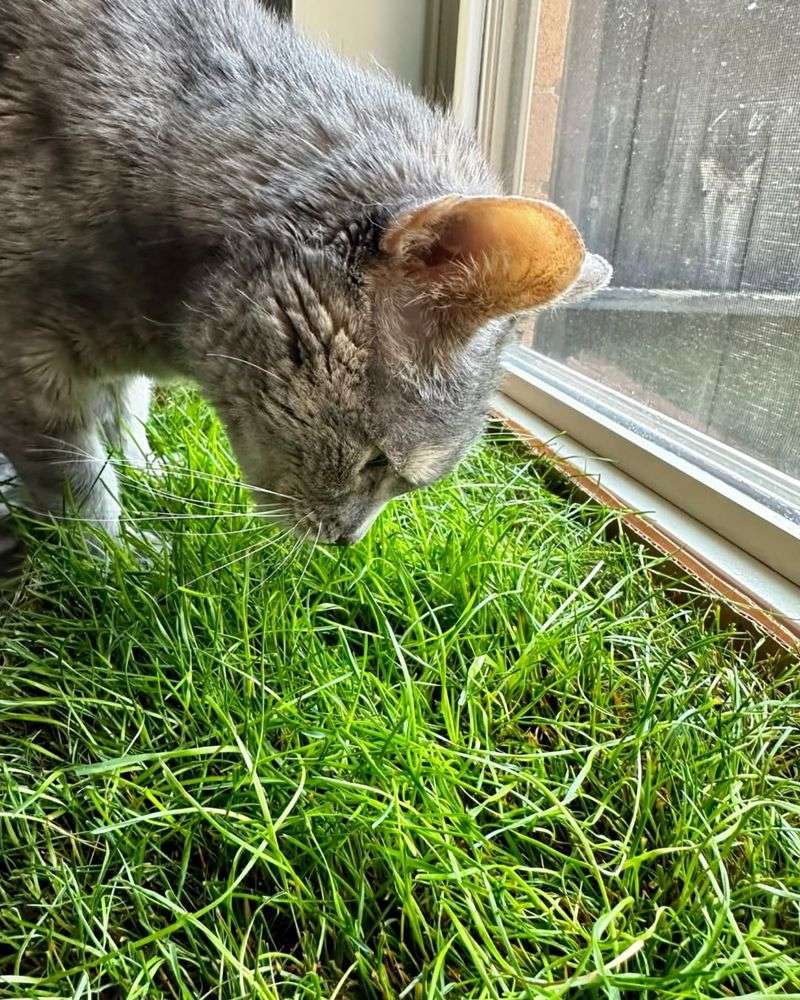
Grass allergies can affect cats who spend time outdoors, causing symptoms like itching, sneezing, and skin redness. These reactions occur when a cat’s skin or paws come into contact with certain types of grasses or grass pollens.
To mitigate these allergies, washing the cat’s paws and fur after outdoor play can help reduce irritants. Keeping the grass trimmed short and minimizing outdoor time during peak allergy seasons are also effective strategies.
Veterinary support may be needed in severe cases to prescribe medications that ease discomfort. Proactive care and monitoring are key to managing grass allergies in cats effectively.
9. Plastic And Rubber Allergies
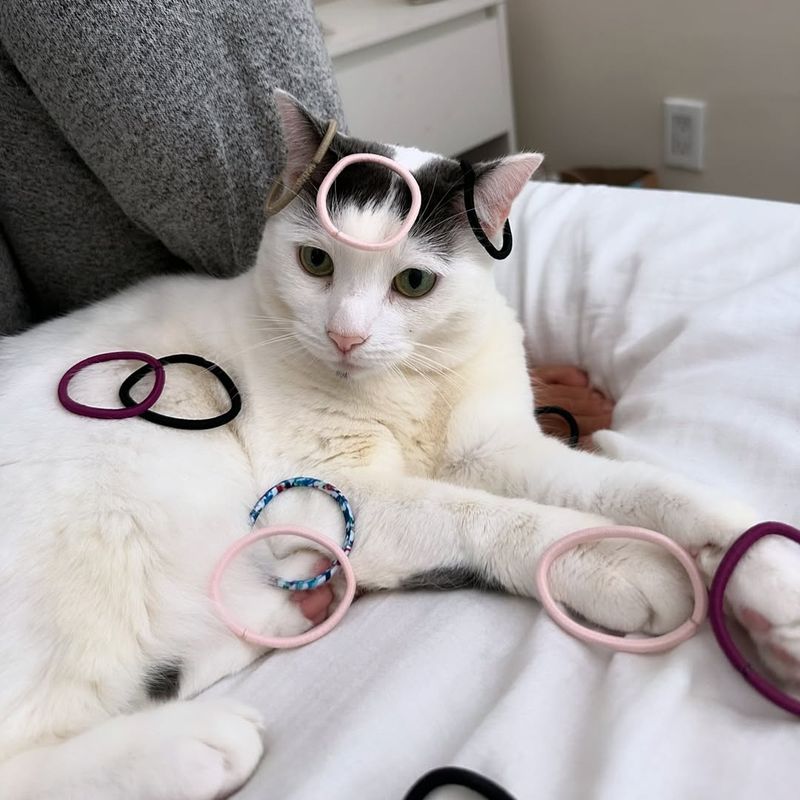
Many cats develop allergies to plastic and rubber materials found in toys, food dishes, and household items. Symptoms may include facial itching, skin rashes, and even acne-like lesions around the mouth and chin.
To manage these allergies, switching to ceramic, glass, or stainless steel dishes for feeding can help. Removing plastic toys and replacing them with alternatives made from natural materials can also alleviate symptoms.
Monitoring the cat’s interaction with potential allergens and consulting a vet for proper diagnosis and treatment are crucial steps. Understanding and addressing the source of irritation can significantly improve the cat’s wellbeing.
10. Household Chemical Allergies
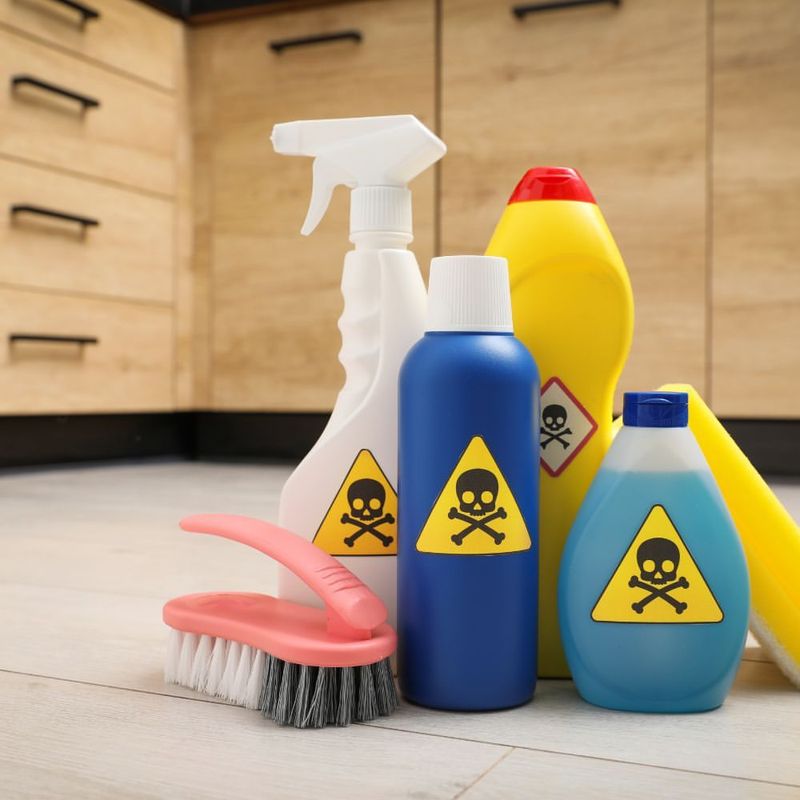
Household chemicals such as cleaning sprays, detergents, and other products can trigger allergic reactions in cats. Symptoms may include respiratory issues, sneezing, and skin irritations when cats are exposed to these harsh chemicals.
To prevent these allergies, use pet-friendly or natural cleaning products and ensure good ventilation during and after cleaning. Keeping cats away from areas where harsh chemicals are used is also important.
If allergies persist, a veterinarian can recommend treatments or lifestyle changes to protect the cat’s health. Reducing exposure to chemical irritants contributes to a safer and more comfortable environment for cats.
11. Flea Allergy Dermatitis
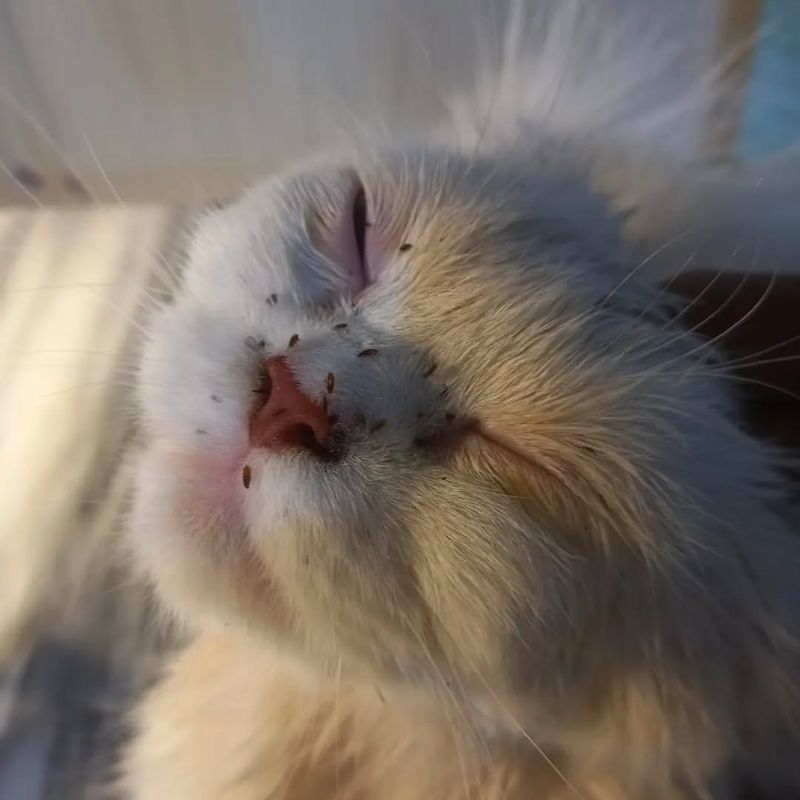
Flea allergy dermatitis is a common allergic reaction in cats, caused by flea bites. It’s characterized by severe itching, red and inflamed skin, and scabs, particularly around the neck and tail base.
Effective flea control is essential to prevent and manage this allergy. Regular use of vet-recommended flea preventatives and thorough cleaning of the cat’s environment can help reduce flea infestations.
For cats already suffering from flea allergy dermatitis, veterinary care may include medications to alleviate itching and treat any secondary infections. Consistent flea management is crucial in keeping your cat comfortable and healthy.





